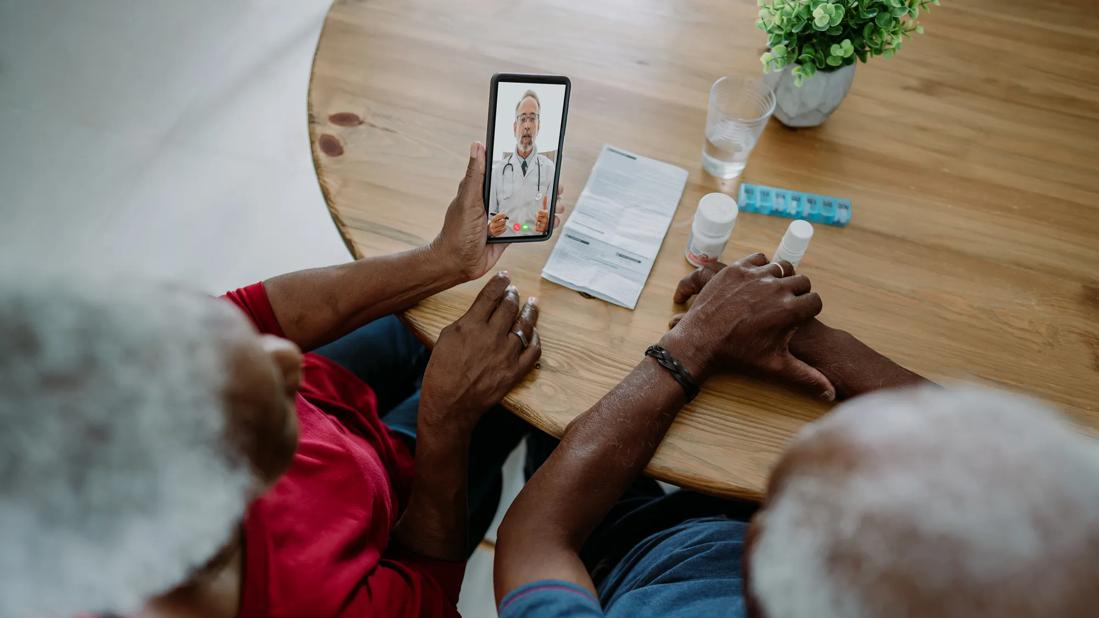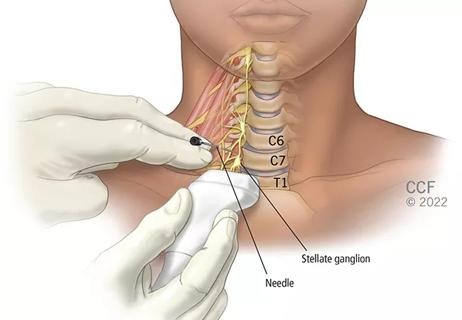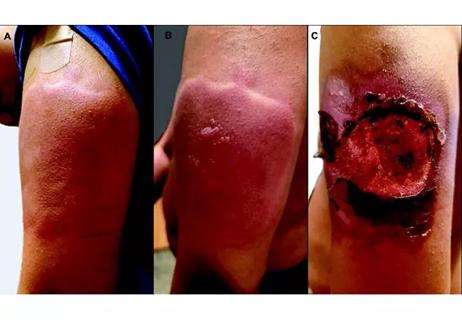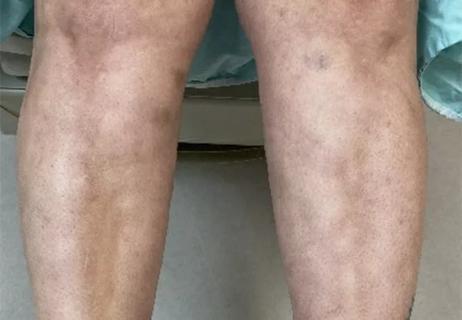Outreach to older patients provides clinical experience

In-person medical appointments weren’t all that was canceled at Cleveland Clinic in March 2020, when COVID-19 cases first erupted in Northeast Ohio. So were clinical rotations for medical students.
Advertisement
Cleveland Clinic is a non-profit academic medical center. Advertising on our site helps support our mission. We do not endorse non-Cleveland Clinic products or services. Policy
“One week we were operating as normal, and the next week all of our students were sent home,” says geriatrician Kenneth Koncilja, MD, clerkship director for Cleveland Clinic’s Center for Geriatric Medicine. “Medical staff quickly transitioned to virtual visits, but we were left wondering how to teach our trainees when they had spent only a few days in clinic.”
The virtual visit platform wasn’t designed for medical training, and digital curriculum hadn’t been established. Dr. Koncilja needed an alternative way to provide clinical experience for medical students, all from Case Western Reserve University School of Medicine and the university’s Cleveland Clinic Lerner College of Medicine.
That’s when he and others in the Center for Geriatric Medicine devised a telemedicine outreach program. Within two weeks, Cleveland Clinic’s geriatric rotation had resumed, with patient interaction completely by telephone.
To date, nearly 90 medical students and internal medicine residents have called more than 4,500 Cleveland Clinic geriatric patients to conduct needs assessments. Trainees proactively identify the needs of these vulnerable older adults, many who are homebound or quarantined, and make interventions as appropriate.
“Care coordinators, nurses, behavioral health specialists, social workers and pharmacists support our trainees and help with referrals,” says Dr. Koncilja. “At the end of each day, trainees and staff debrief about the patients encountered.”
During each patient call, trainees follow a conversation guide to cover elements of the rotation’s curriculum.
Advertisement
Conversations during the first weeks focused on COVID-19. Trainees asked patients how they were learning the latest about the pandemic, instructed them to rely on information from their state’s department of health, and reinforced stay-at-home orders and other protective guidelines. They also asked about:
“We regularly changed talking points to explore different social determinants of health and other factors that might affect patients’ health,” says Dr. Koncilja. “For example, one day we asked patients about gun safety. Another day we compared prescriptions with actual fill history to ensure patients were taking medications as ordered.”
Trainees mostly gather information to share with each patient’s primary care provider. Yet some patient calls have required immediate intervention. For example, medical students have:
Advertisement
“These situations would have been addressed eventually, but our trainees were proactive in bringing them to light, while gaining clinical experience,” says Dr. Koncilja. “The outreach program benefitted both patients and medical students.”
The telemedicine curriculum likely will continue long after the COVID-19 pandemic has abated.
“Now that telemedicine is playing a bigger role in patient care, we will continue to train medical students to provide value in this format,” says Dr. Koncilja.
Advertisement
Advertisement

Patients report improved sense of smell and taste

Clinicians who are accustomed to uncertainty can do well by patients

Unique skin changes can occur after infection or vaccine

Cleveland Clinic analysis suggests that obtaining care for the virus might reveal a previously undiagnosed condition

As the pandemic evolves, rheumatologists must continue to be mindful of most vulnerable patients

Early results suggest positive outcomes from COVID-19 PrEP treatment

Could the virus have caused the condition or triggered previously undiagnosed disease?

Five categories of cutaneous abnormalities are associated with COVID-19